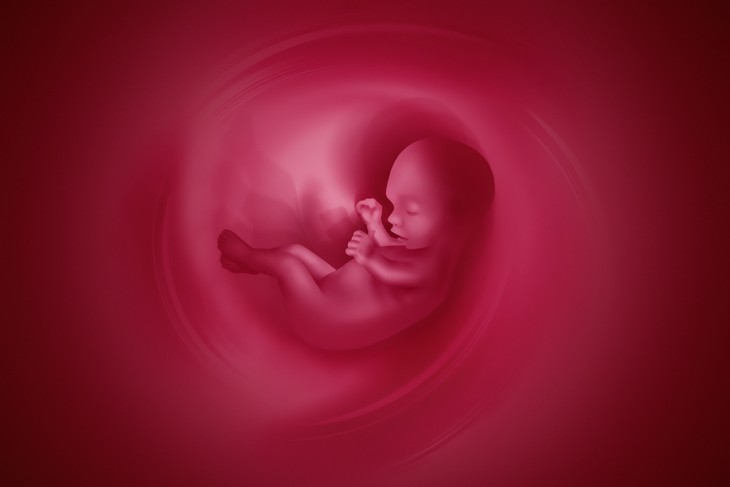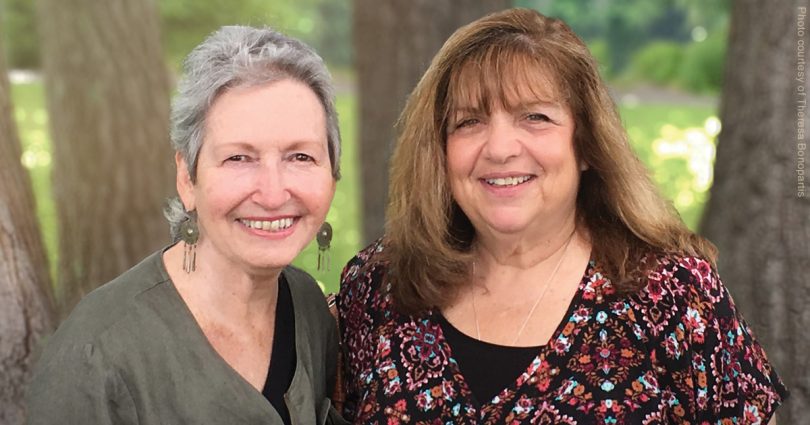By Elizabeth D. Wickham, Ph.D.
A major transformation of traditional medical ethics is taking place. What was once unthinkable has become acceptable, and no one really knows why. In the last half of the 20th century a multi-million dollar social engineering and marketing project financed by foundations and directed by bioethics think tanks has normalized the withdrawal of ordinary care.
History
Let’s look to the first organized euthanasia movement in America which emerged in the 1930s and was known as the Euthanasia Society of America. Its strategy was first to secure legalization of passive euthanasia as a way to prepare public opinion to accept active euthanasia, commonly known as physician assisted suicide. But there were conflicts within the movement and, by 1980, there came to be two distinct wings when the more militant branch split off. The militants call themselves the Hemlock Society, Death with Dignity and Compassion and Choices. This wing advocates for physician assisted suicide.
The more nuanced wing, which is a continuation of the Euthanasia Society of America, gave itself more beneficent-sounding names which included Society for the Right to Die and Concern for Dying in the 70s and 80s, Choice in Dying in the early 90s, Partnership for Caring in the late 90s and Last Acts Partnership in the early 2000s. This wing claimed to be against physician assisted suicide. An important piece of the puzzle is that Ira Byock, then president of the American Academy for Hospice and Palliative Medicine, joined with Choice in Dying in 1998 to help form Partnership for Caring.
It may appear that this more nuanced wing ended when Last Acts Partnership dissolved itself in 2003. But many of the Last Acts Partnership people can now be identified throughout the new medical subspecialty called “palliative medicine.” Others can be identified working for a new group at the National Hospice and Palliative Care Organization called Caring Connections.
Today we shall focus on the more nuanced wing of the euthanasia movement. It presents itself as the alternative to physician assisted suicide, thereby bringing us a false sense of security, but all the while working to transform how we die. It is a movement to control death and call it “improving” end-of-life care.
Third Path and Bioethics
In her 2005 book, Terri’s Story: The Court-Ordered Death of an American Woman, author Diana Lynne describes it as the “third path” to death: not wholly natural, not suicide, but something in between.
The “third path” has many similarities to the Third Way political movement of the 1930s in Europe. Both are governed by a utopian and authoritarian philosophy. They believe that there are no absolute principles, nothing is fixed. They seek to triangulate and settle on the middle ground between identified extremes. They operate by building consensus, binding people together for the sake of the “public interest.” The individual is secondary.
Listen to how Daniel Callahan, a major “third path” proponent, described the problem in 1983: “Denial of nutrition, may, in the long run, become the only effective way to make certain that a large number of biologically tenacious patients actually die.” And (he observed that) a “deep seated revulsion” exists over the prospects of withholding or withdrawing nutrition and hydration.
In late 1984, a story appeared in the New York Times. It is important because it described how both wings of the right-to-die movement and emerging bioethics think tanks such as the Hastings Center, led by Daniel Callahan, were working TOGETHER to change attitudes and behavior…working to change the culture…painting the issues in terms of compassion versus technology.
Today bioethics is embedded in formal governmental regulations, state and federal laws, and medical ethics guidelines around the world. Bioethics is a subfield of ethics that was “created” in 1978 by the Belmont Commission and it quickly became internationally accepted. From its philosophic base has come the utilitarian (and futilitarian) culture that now threatens to permanently change the culture and practice of medicine.
Earlier this year Pope Benedict XVI discussed a fundamental problem with bioethics in his address to the Pontifical Academy for Life. He said, “Some ethicists warn that modern bioethics is in fact a new normative system of ethics that, based on principles of utilitarianism, can never be compatible with Natural Law principles. In the last few decades (bioethics) has largely supplanted traditional, Natural Law-based medical ethics in hospitals and ethics boards in most western countries.” He continues, “Under traditional medical ethics, the guiding principle is ‘do no harm.’ But contemporary bioethics abandons this…in an effort to find the utilitarian goal of the ‘greatest good for the greatest number.’ Under these principles, preserving the life of the human patient is not considered paramount.”
Read tomorrow’s commentary for part two of Dr. Wickham’s compelling talk from the 2nd annual Life Conference.
Elizabeth D. Wickham attended the University of Kansas where she graduated Phi Beta Kappa with honors in Economics. She received a Ph.D. from the University of Rochester studying mathematical economics and international trade theory. She has taught at four state universities and has published in various professional journals. For two years she was Assistant Ombudsman at the University of Tennessee–Knoxville. Dr. Wickham is a cofounder and Executive Director of LifeTree, Inc. She and her husband, Doug, have two children and two grandchildren.
This talk was originally presented at the 2nd annual Life Conference in North Carolina and is based upon the extensive research of Ione Whitlock, LifeTree’s chief of research. It has been reprinted with permission of LifeTree and Dr. Wickham. For more information on LifeTree, please visit lifetree.org/.


